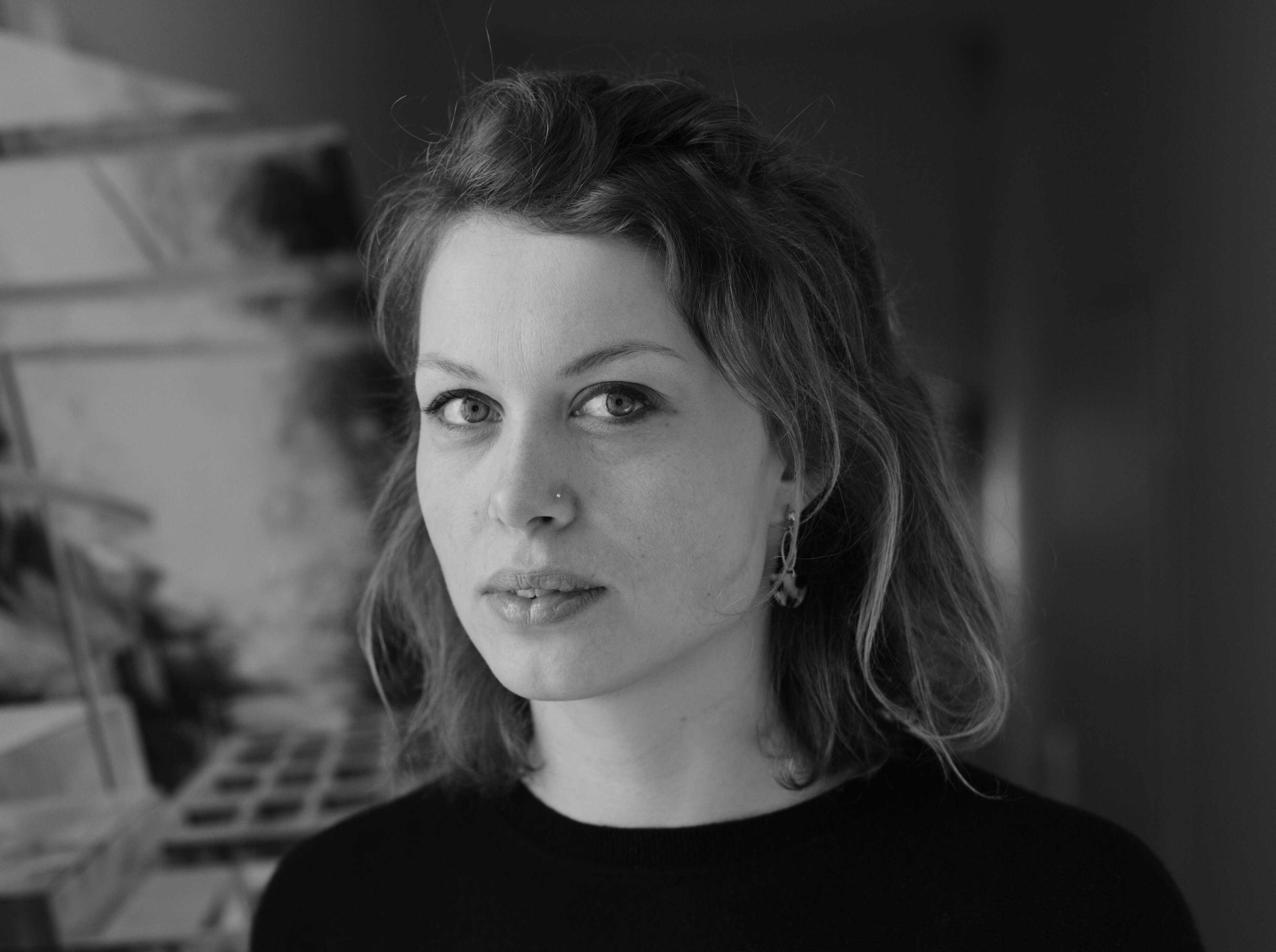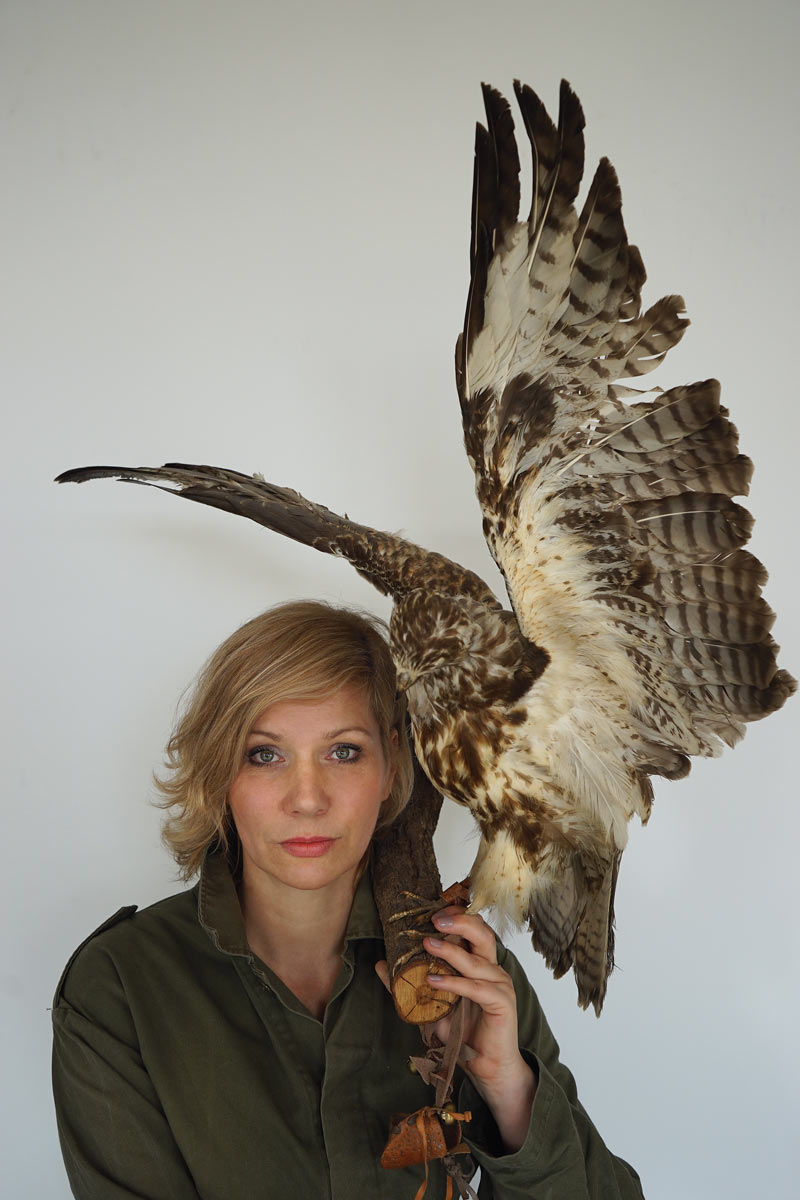Dorothee Liebscher

Dorothee Liebscher's paintings depict imaginary views of architectural and landscape spaces, which often portray run-down, abandoned buildings, partly overgrown by vegetation. For the artist, who lives and works in Leipzig, the investigation into spatial themes holds central significance. The viewer adopts the image protagonist role and experiences the architectural structures. Insinuated landscape views, as well as a deep horizon, convey a great sense of depth. This results in thoughtfully constructed spaces that interpret reality subjectively and reveal to the viewer a hidden world that always offers new mysteries and raises questions. The paintings feature a specific color palette and exist in a field of tension between nostalgia and utopia. Partially surreal pictorial worlds emerge on the canvas. Through the intertwining of reality, memory, and fiction, spatial compositions emerge that invite the viewer to embark on his or her own exploration of an unfamiliar, yet at the same time seemingly familiar world.
To the artist page
Miriam Vlaming

In Miriam Vlaming's large-scale paintings in egg tempera, the painter breaks down the boundaries between man and nature as well as past and reality. She creates a harmonious symbiosis between these supposed opposites through hazy layers created by the application and removal of paint. In doing so, she allows the depicted figures to emerge from a natural, dreamlike environment. Through this aesthetic, Vlaming opens the viewer's eyes to the multifaceted aspects and philosophical questions of being human, which she addresses in her paintings. Miriam Vlaming always has the overall picture in mind in her mysterious pictorial worlds. She plays with ambiguous metaphors. “Disruptions and contradictions interest me ... the moment after or before something has happened...not the history." Her egg tempera paintings satisfy a deep human need for knowledge. The important member of the New Leipzig School studied at times with Neo Rauch. She was a master’s student under the direction of Arno Rink and is represented in numerous public and private collections.
To the artist page